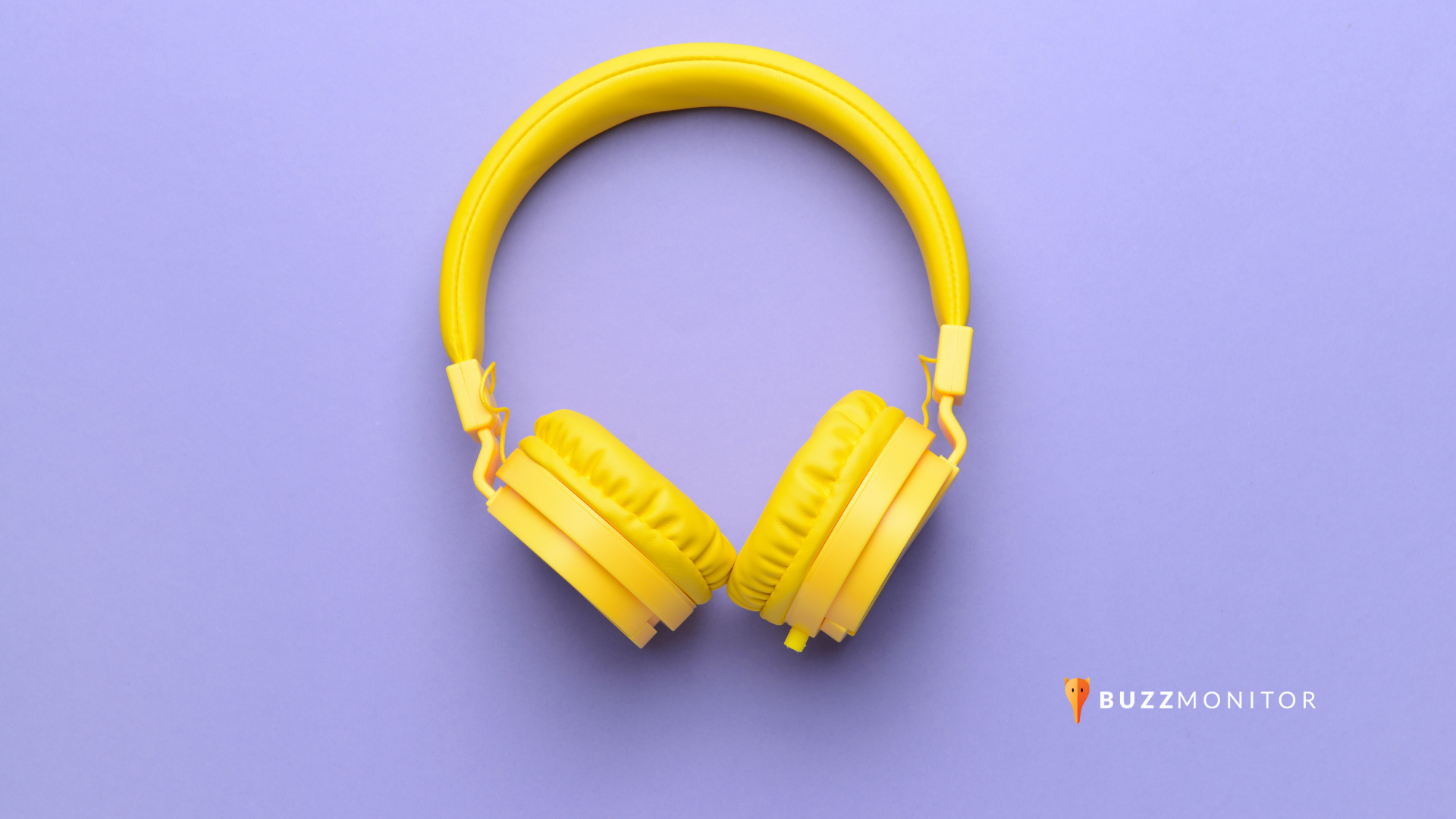There’s a secret to staying ahead of your competition and connecting better with your audience. Today, we’ll talk about a fundamental tool for digital marketing: Social Listening. What is it, how does it work, and what is it for?
What is Social Listening?
First, what is Social Listening? In simple terms, it’s the process of monitoring mentions and conversations on social media about your brand, products, competitors, or any topic relevant to your business. It’s not just about listening but also understanding and analyzing what’s being said. Through Social Listening, brands can understand public perception, identify emerging trends, and get valuable feedback directly from their consumers.
Additionally, Social Listening isn’t limited to just social media. It also includes monitoring blogs, forums, news sites, and any other place where your brand or industry is discussed. This practice allows companies to have a comprehensive view of consumer sentiment and how conversations around their brand develop in the digital ecosystem.
How Does Social Listening Work?
Now, let’s talk about how it works. Social Listening tools use advanced technology to constantly scan various platforms for specific mentions and keywords. This process involves using algorithms to identify and gather relevant data, which is then analyzed to provide actionable insights.
Step 1: Setup
First, you configure the tool by defining the keywords, hashtags, and accounts you want to monitor. This is done using terms in a Boolean Query to filter and combine search terms precisely and efficiently. At this stage, it’s crucial to correctly define the search parameters to ensure capturing all relevant mentions without generating too many irrelevant results.
Step 2: Monitoring
Next, the tool monitors in real-time, collecting all mentions and related data. This includes not only text but also images, videos, and other content types that might be associated with the defined keywords. Continuous monitoring allows brands to stay updated on conversations as they happen, which is vital for reacting quickly to any situation.
Step 3: Analysis
Finally, the data collected is analyzed to identify trends, sentiments, and patterns in the conversations. Social Listening tools often provide sentiment analysis to determine whether mentions are positive, negative, or neutral, and identify the most discussed topics and key influencers participating in the conversation. This deep analysis gives brands a clear understanding of how they are perceived and what areas need attention.
What Is Social Listening For?
Improves Customer Service: You can quickly respond to questions, complaints, and comments, showing your customers that you care. This way, you can create an authentic connection with them and have a closer relationship that, in the long run, translates to greater user trust in your brand and a better reputation. For example, by monitoring brand mentions, a company can identify a recurring customer service issue and address it immediately, improving customer satisfaction.
Helps Identify Opportunities and Threats: You can detect emerging trends and potential crises before they become major problems. For example, if a food brand notices that a customer at one of its locations got sick from “bad food,” it can contain the situation directly with the affected customer and notify the location to perform a quality check and prevent selling the contaminated product to more customers. You can even create alerts to receive notifications whenever a term like “bad food” is linked to your brand, even if your username is not directly tagged.
Product Development and Marketing Strategy Optimization
By understanding what your customers want and need, you can tailor your products or services to better meet the market demands or adjust your campaigns based on what is working and what is not. A great example is Halls Brazil, which in 2015 launched a new product, Halls Mini, with a new formula that contained sugar, something most consumers disliked. Halls’ response was a brilliant campaign, a Master Class in social listening. They created a character, “Almeida,” a Customer Service Manager who sent a clear message: “If you’re not happy with our new product, neither am I.” In a short video on social media, Almeida was shown destroying all the Halls Mini boxes to launch another product, the “New New Halls Mini,” with everything consumers were asking for. This decision not only impacted the brand’s entire production chain but also significantly boosted Halls’ presence.
Prevent Reputation Crises
Social Listening is also crucial for reputation crisis prevention. By monitoring conversations in real-time, brands can quickly identify any potential issues before they become major crises. For example, a company can detect a negative trend or recurring criticism and take immediate action to address the problem before it goes viral.
As you can see, Social Listening is a powerful tool that keeps you updated on what’s being said about your brand and industry in real-time and helps refine your campaigns and marketing strategy. It helps you make informed decisions, improve customer service, and identify opportunities. So, if you’re not using it yet, it’s time to start. If you want to talk to a specialist to start monitoring your brand, you can click here to speak with one of our experts.

